Notes
Compounding the Weinstein Outrage: How to Visually Cover Sexual Assault
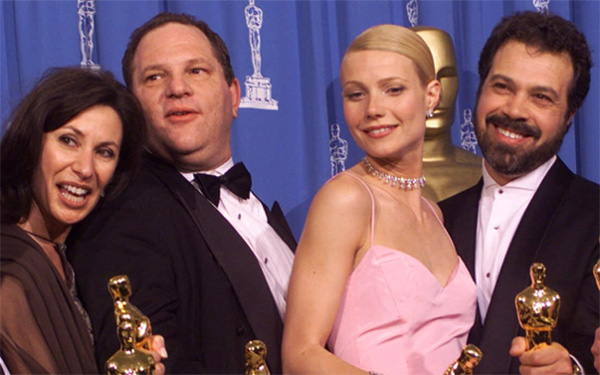
Each day bring new developments and more charges in the far-reaching Harvey Weinstein sexual abuse scandal. Simultaneously, the number of allegations against another Hollywood power player, director James Toback, has surpassed three hundred. A popular phrase to describe an outrage this large is, “there are no words.” A repurposing of that expression helps frame still another perceptual problem though: there are no images.
Any nuance in the Weinstein, Toback and other perp commentary relies on the power of language: stories, accounts, interviews, quotes, tape recordings, testimonies, and short, powerful tweets. The same is true for the #MeToo campaign on Facebook, Twitter and Instagram. Originally started by African American social worker Tarana Burke in the mid-2000s,#MeToo has exploded via the participation of celebrities like Alyssa Milano and Rose McGowan. But it’s mostly words. Lurid details and graphic accounts in the Weinstein case do not compensate for the simple fact: there is no adequate imagery to testify to sexual assault.
As I have poured over pictures illustrating The New York Times essays, op-eds on Black feminism platforms, HuffPost short pieces, E! Channel videos, and friends’ Facebook posts, I realized the Weinstein case represents the greatest of Hollywood ironies. It’s the full-on gap between the industry’s mastery of visual storytelling, and the absolute visual void in the perpetration of sexual violence.
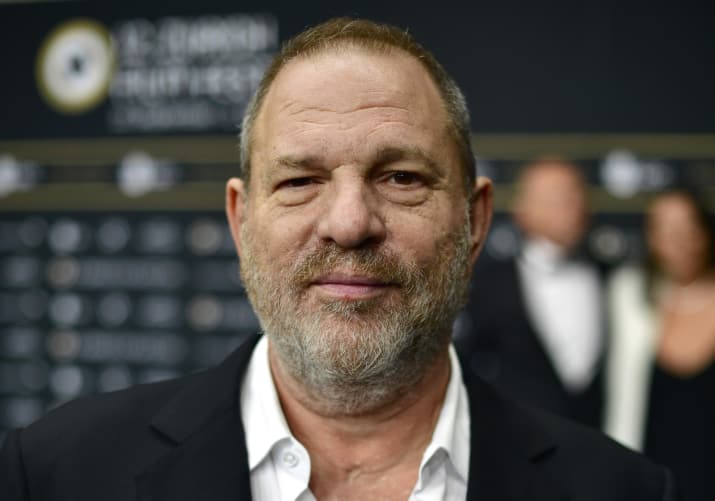
The Weinstein coverage in major news and commentary sites overwhelmingly yields similar kinds of images: entertainment media file photos of the perpetrator himself, and like shots of the women that have testified to his crimes. In spite of unflattering angles and conspicuous cropping, Weinstein’s doughy, unshaven face does not visually register to me as “evil.” In fact, it seems uncannily benign. I keep searching for the visual clues of the sexual predator in his features, even though I know that sexual assault most often happens from the hand of those who are familiar, those who seem harmless.
That makes me think of Hanna Arendt’s claim that the individual perpetrators are marked not with the demonic, but the absolute mundane. Arguing for the banality of evil after witnessing the trial of Adolf Eichmann — one of the chief architects of the Holocaust, in Jerusalem in 1962, Arendt also argued that it is the lack of preventative action by bystanders that allows violence to thrive.
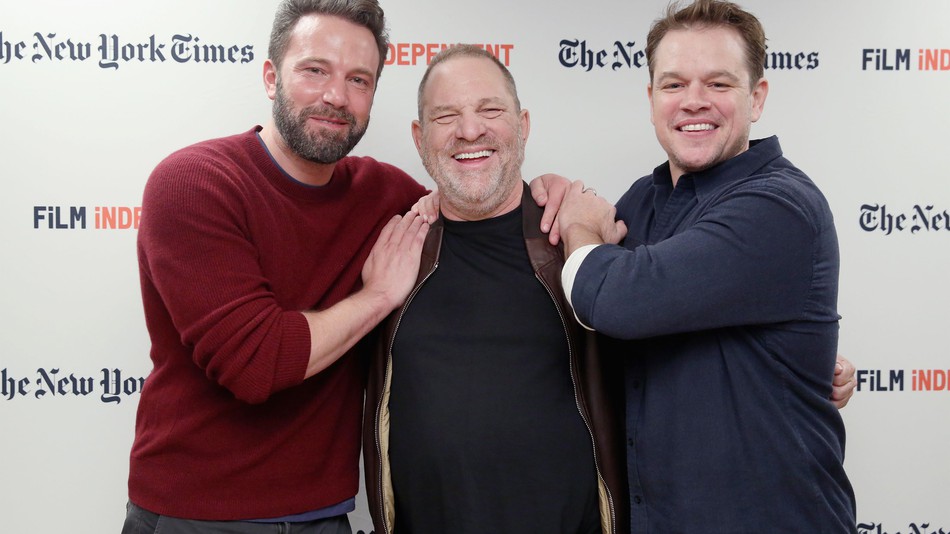
This point is particularly poignant when reflecting on the predatory culture among Hollywood movers and shakers.This is why I find images where Weinstein embraces white male stars – Ben Affleck, Matt Damon – much more haunting in their conspiracy or at least complacency. Either way, after a day or two, Weinstein’s face — through its perpetual reproduction and immediate recognizability — is still more glorified than negated.
Next to these images, female celebrities on red carpets, glamorous and in sparkly dresses, have been the steady counter-presence in the coverage. The voyeuristic object of global audiences, pictures of young, thin, white, abled-bodied actresses in couture dresses are just as jarring in the context of sexual abuse.
Gender-based violence is a problem touching almost every woman on the planet. The victims are inordinately women of color, and economically impoverished or disabled women. Yet the collective outrage exhibited by the public in mainstream and social media tends to focus on a very different demographic. With some notable exceptions (Jane Fonda and Gloria Steinem, in their recent appearance, brought up the racial optics of Weinstein’s scandal), the primary signifier and agent of change is a white, standardly considered attractive cis female body. Glam shots of these bodies are presented to me in ways that render them almost un-relatable.
I will say the coverage has started to shift slightly. Publications have been running photos that aren’t just paparazzi shots, but rather more “thoughtful,” portraits of actresses and models coming out with their testimonies (like the black-and-white ones in Vanity Fair on Toback’s harassment of Selma Blair, or Monday’s profile of new accusers in The New York Times). Still, they seem just as unsuccessful in conveying the scale and horror of sexual abuse touching women all over the world.
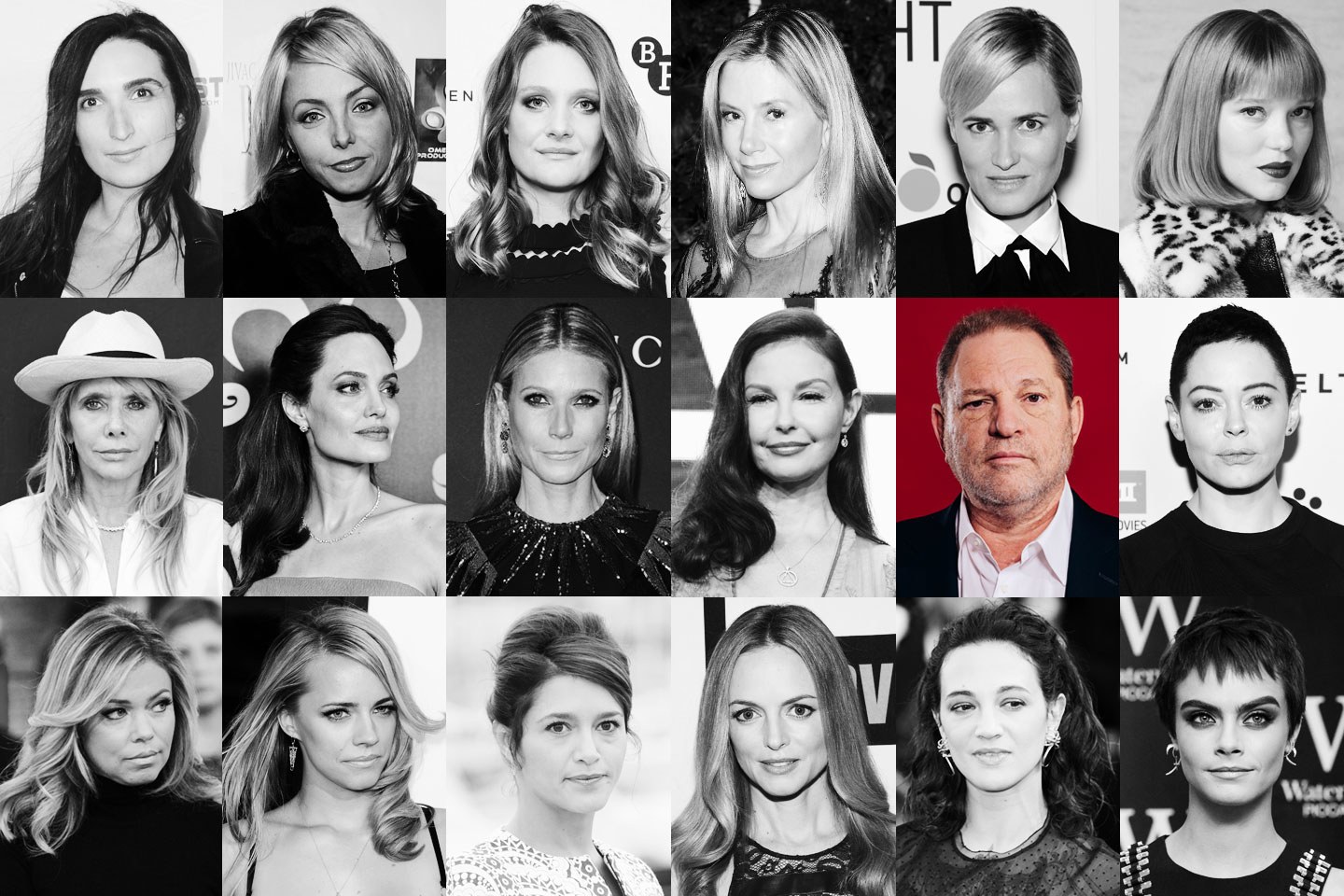
Among the most disturbing attempts to “humanize” Weinstein’s victims is this bizarre collage in Vanity Fair, showing a grid of faces of multiple women – like the glamour analogue of a mug-shot. Even more alarming is pasting Weinstein’s face among these portraits, wedged between two of his most vocal accusers, his droopy eye make it almost seem like he’s winking. What is he doing there? And why does he get to be in color?
Against these images, the number of non-celebrity women speaking up on social media, but sidestepping visual representation, is glaring. Following the #MeToo hashtag on Facebook, Twitter, and especially, Instagram, the most visual of all social platforms, I seldom found women posting images of themselves while sharing stories of degradation, domestic abuse, workplace harassment, and rape. Rather, I came across a lot of playing with fonts and background colors.
While social media welcomes expressions of vulnerability and the idea of empowerment through online sharing, the selfie seems to be reserved for projecting an image of success, accomplishment and fulfillment. In that, this initiative differs from other viral social movements like #BringBackOurGirls or even #FreeTheNipple, where selfies were a portent tool to spread awareness and engage emotionally. This is understandable: How would you represent yourself in a context that is so ethically and emotionally fraught? What is the right image to use? How do you provide a coherent visual statement when you are coming undone as an effect of sexual violence?
Tackling all these questions would suggest a degree of curation which women who are reflecting on trauma might not choose to engage in. Rena Effendi’s vulnerable selfie, or, as she calls it, anti-selfie, documenting her cuts and bruises after she had been attacked, remains rare. (Though the idea of tracing the iconography of the post-violence selfie is highly problematic, I cannot help but think of artist Nan Goldin’s similar image). Still, it seems there are hard limits to visual self-exposure online, suggesting that gender-based violence might indeed be un-photographable.
As sexual predation by Harveys, Jameses, Bills, Woodys, and Donalds continues to be the terrifying status quo in Hollywood, Washington, and Silicon Valley, it is critical to make sense of the dynamics, significance and endurance of images that go hand-in-hand with stories of that predation. These images are often reduced to the endlessly replicated face of a perpetrator or the attention-grabbing red-carpet or artsy studio shots of his high-profile victims, rendered hollow by abstraction from their original context. Detangling fleeting photographic moments from the social reality where rape culture reigns, rejecting their easy sensationalism, or maybe learning not to seek images at all costs, might provide our best chance of ethically perceiving.
-Marta Zarzycka
Photo: Dave Caulkin/AP Caption: From left: Donna Gigliotti, Harvey Weinstein, Gwyneth Paltrow, and Edward Zwick with their Oscars for “Shakespeare In Love” in 1999; Photo 2: Alexander Koerner / Getty Images; Photo 3: Ben Affleck, Harvey Weinstein, and Matt Damon in 2016, Mireya Acierto/WireImage; Photo 4: All from Getty Images; By David Walter Banks/The New York Times/Redux (Harvey Weinstein) Caption: Top row, from left, Sarah Ann Masse, Louisette Geiss, Romola Garai, Mira Sorvino, Judith Godreche, Léa Seydoux; Center row, from left, Rosanna Arquette, Angelina Jolie, Gwyneth Paltrow, Ashley Judd, Harvey Weinstein, Rose McGowan; Bottom row, from left, Lauren Sivan, Jessica Barth, Emma De Caunes, Heather Graham, Asia Argento, Cara Delevingne.
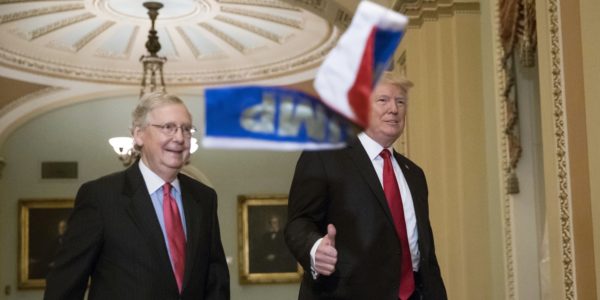
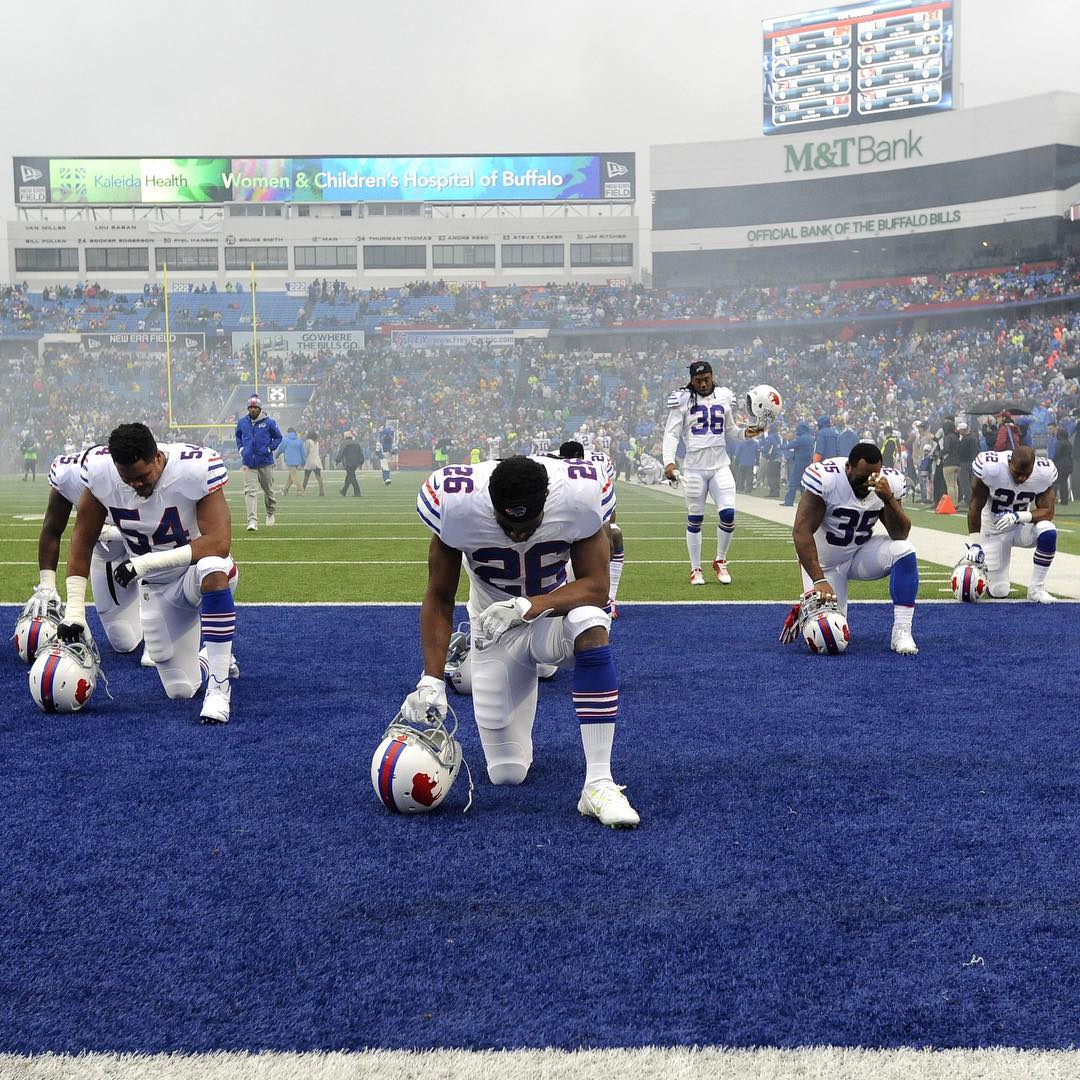
Reactions
Comments Powered by Disqus